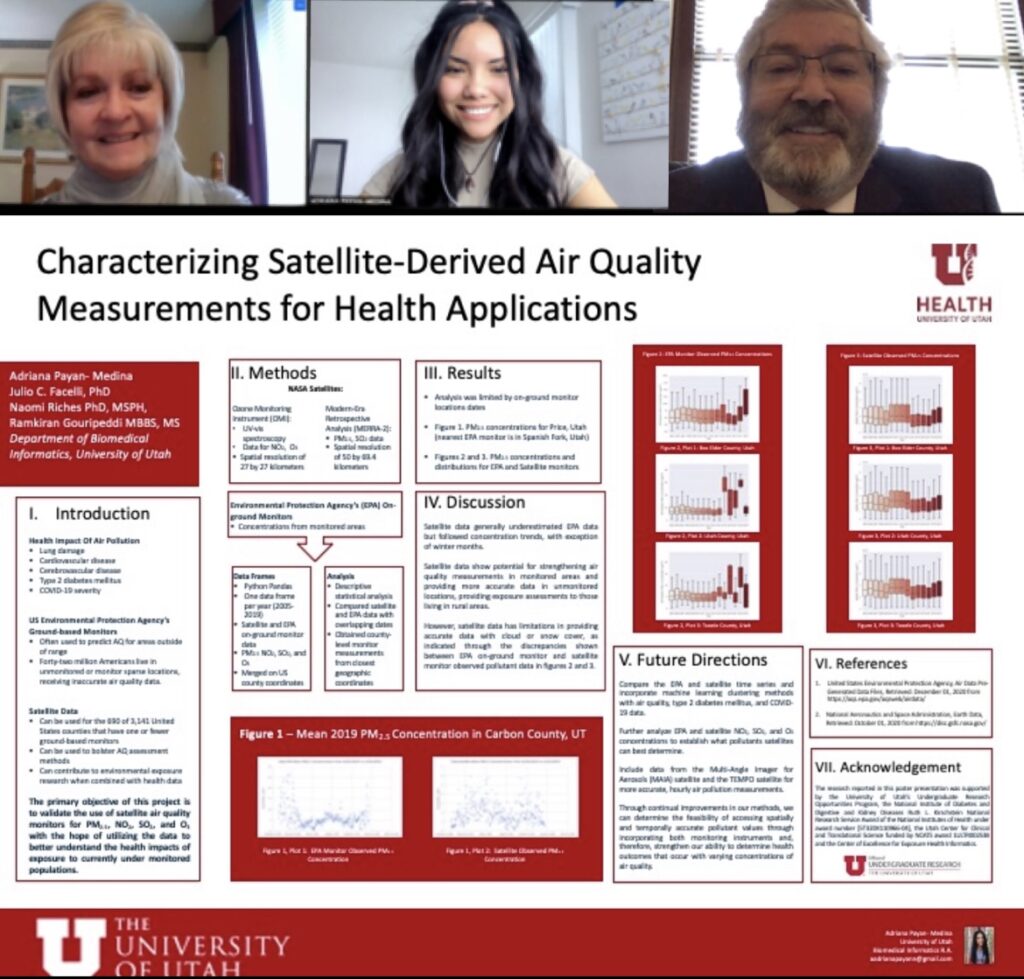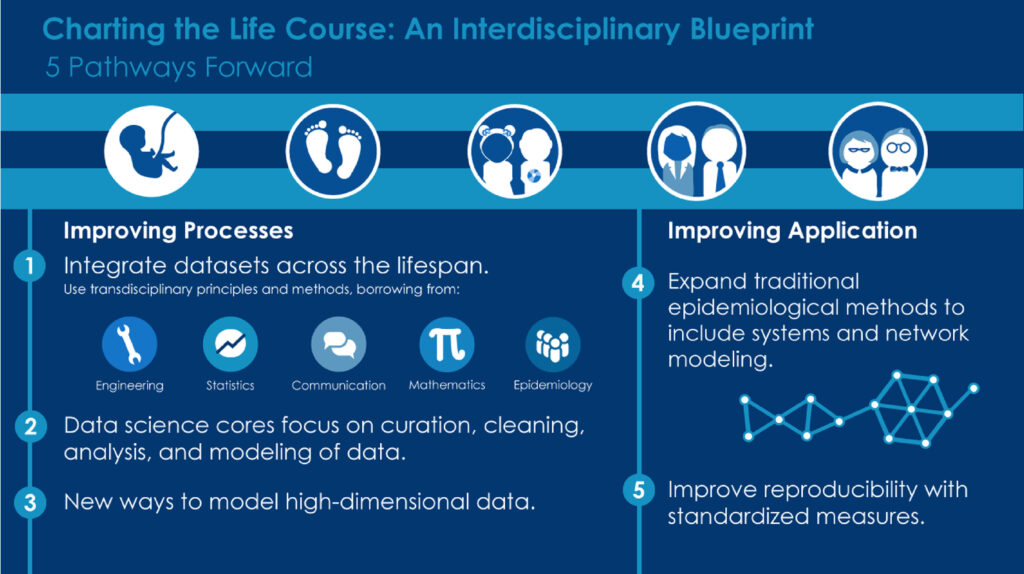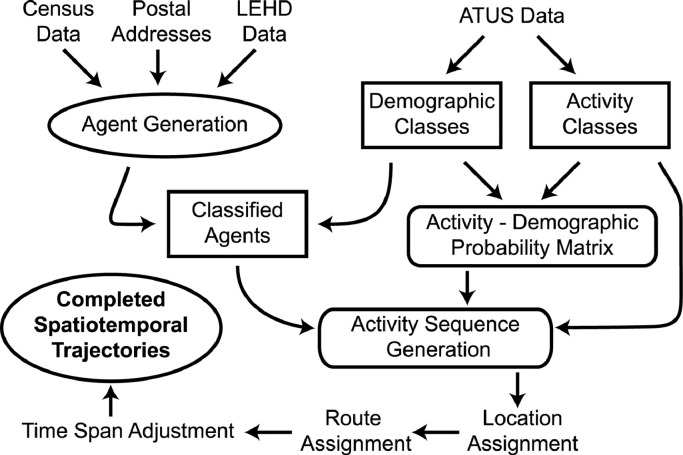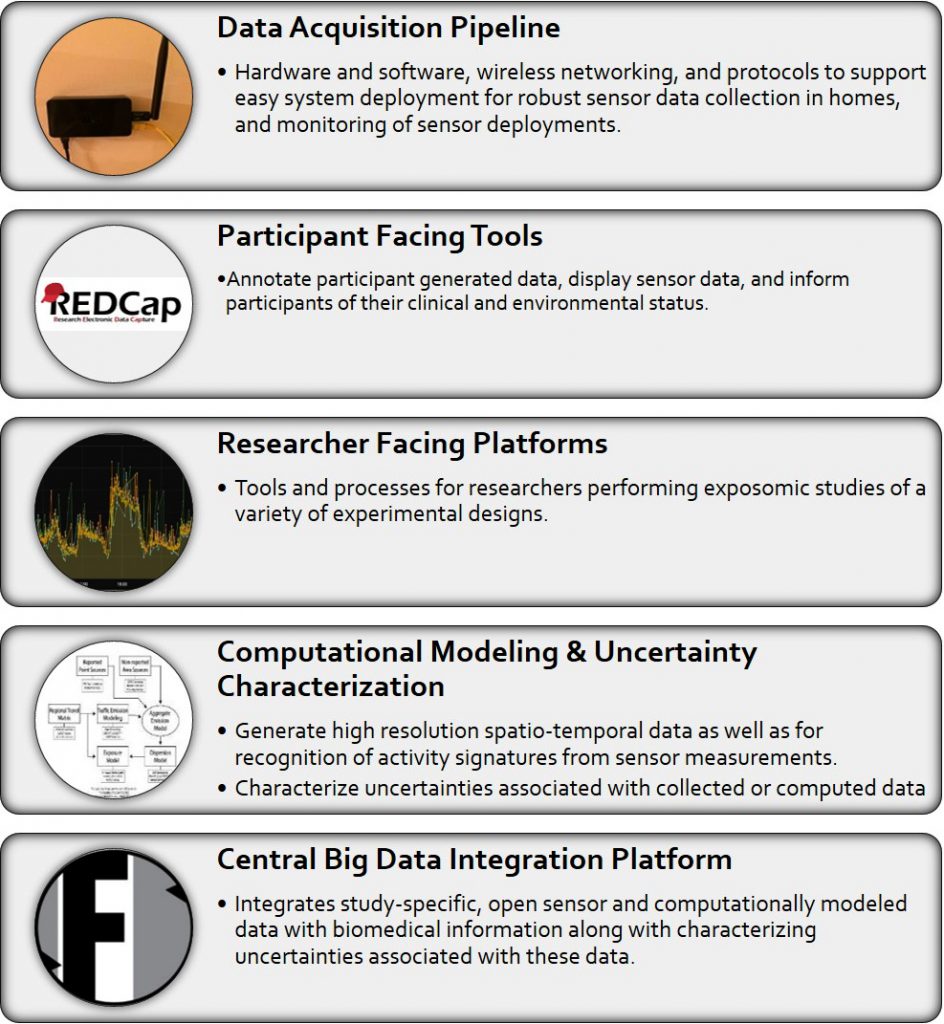How do multiple environmental exposures affect suicide risk?
Amanda Bakian, PhD, a Research Associate Professor in the Department of Psychiatry and CEEHI member, plans to find out. In a recently funded study (NIH NIEHS R01) entitled “The influence of multiple environmental exposures on suicide risk“, Dr. Bakian and her team will use data-intensive methods to gain insight into the nature of gene-environment interactions …
How do multiple environmental exposures affect suicide risk? Read More »








